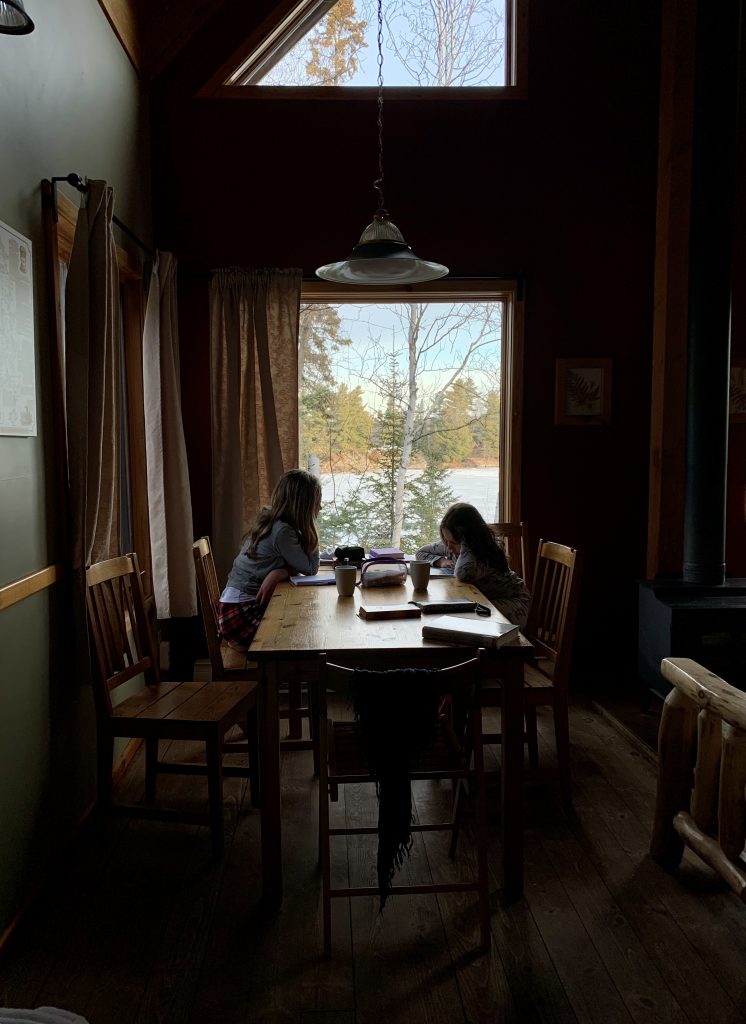One of my favourite things as a father is to experience nature and wildlife with my kids. The problem is that, until a certain age, some kids have the most difficult time actually seeing what you’re trying to point out.
A couple years ago we took our kids to a zoo. This zoo had different guidelines and design than I’d ever experienced. There were very few fences, as most barriers were cleverly created by natural forms and waterways. And some exhibits actually allowed visitors to enter inside to wander among the animals. One such exhibit was the penguins. They had two types of penguins, the South African penguins, and another similar variety.
South African penguins just happen to be about the height of a two-year-old.
If you’ve ever visited a zoo with a two-year-old, you know that a zoo day can be a very long day for a little one. By the afternoon, Nora was ready for a nap, but we still had half the zoo to see. The tantrum hit hard, and she was inconsolable.
We tried to distract her with, “Hey want to see the lemurs?” or, “Look at those ducks!” but she would have none of it. Bawling she screamed, “I WANT TO SEE PENGUINS!”
At that very moment, we entered into a penguin exhibit. A couple curious penguins, exactly the height of a two-year-old, remember, waddled over to check out the commotion. Nora continued to scream about her desire to see penguins, despite our best attempts to point out that, in fact, the penguins were mere inches from her face.
Fortunately Nora’s grown up a little, and now is starting to notice things on her own (and has grown out of the napping stage). In fact, last weekend, while eating breakfast in a perfectly-situated cabin overlooking the frozen lake, Nora cried out, “Look, a wolf!” The rest of us turned to see a wolf (or coyote, not sure, but Nora’s quite convinced of what she saw) trotting across the frozen water.

While at the cabin, I also finished reading Matthew Crawford’s The World Outside Your Head, which painted these shared wildlife experiences in a new light.
Crawford introduced the idea of “shared attention” as an important human experience, and one that we are often deprived of today. From the time we’re young, we learn shared attention, pointing out the things we’re seeing to our parents. Even moments shared spontaneously with strangers can be a great source of connection.
In today’s individualized screens and billboards experience, there are fewer opportunities for shared attention, as we each seek entertainment in our own personalized worlds.
This is the magic of a zoo trip or a concert, where we join the others to focus our attention on something together (which has been felt loss for many during pandemic restrictions).
Our recent cabin weekend was three days of shared attention. Our whole family, all five sets of eyes and ears, were tuned to the world around us, and we shared in the notice of birds at the bird feeder, northern lights dancing across the sky, and a wolf crossing the lake.
We’ve realized the value of sharing meals with those close to us. Maybe it’s also time we considered the value of sharing attention. There’s so much to see, and it’s richer of we see it together.